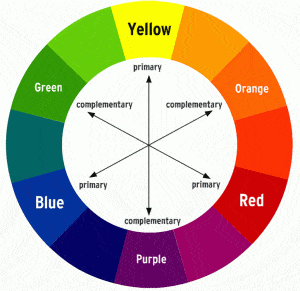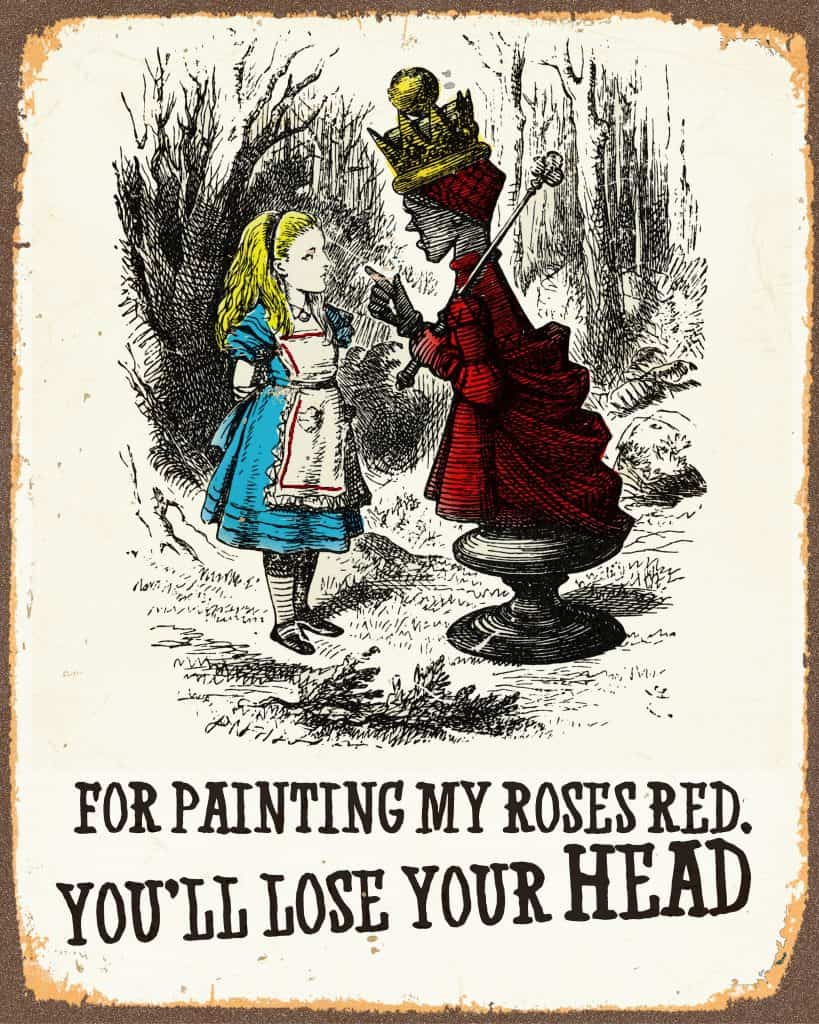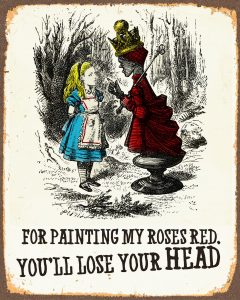Blog, Harrogate Design, Uncategorized
Mad About The House Harrogate – Interiors, Colours and Decoration
Mad About The House Harrogate – Interiors, Colours & Decoration
Without making everyone as Mad as a Hatter by explaining the depths of colour psychology, lets take a simple look at colours.
Of course you can choose your favourite colours when decorating but there are other things to conisider. Establish the following things;
- The purpose of the room – relaxation, a home study, a kitchen, a bathroom ?
- The amount of natural light in the room – light effects colour enormously, what might look great on a colour chart does not always suit the room.
- Consider that ratio of domninant colour to neautral, depending on the size and shape of the room you need to think about if you wish a feature wall or not.
- Architectural Features – have you got a chimney breast, period cornice or any stand out features ?
- What furniture will go in the room – is this existing or are you purchasing new?
- Choose colours to suit a vertical gradient, most schemes move from dark up to light, with the ceiling being lightest especially if your ceiling is not that high
It may all seem a lot to think about but the above checks do work, lets look at a few of these points in more detaill and break things down.
Colour selection
Most schemes work well if based around 3 colours.
- A dominant – wall colour or wall paper
- Secondary – flooring, furniture or curtains
- Accent – pillows, artwork, objects
Use a colour wheel. A color wheel, which can be found easily through an Internet search, is a tool that arranges colors according to the wavelength of light needed to produce them. This tool is used frequently by designers to determine how to introduce unity or contrast into a decorating scheme.
- Adjacent colors on the color wheel are called analogous colors, and can be paired with each other for a pleasing, unified color scheme. For example, using greens, teals, and blues in a room will produce a calm, cohesive appearance.
- Colors opposite each other on the color wheel are called complementary colors, and can be paired with each other to create striking but stable contrasts. A bright purple vase against a pale green wall can provide a visual boost that enlivens both colors, for instance.

Of course when you are looking at paint charts from Paint suppliers such as Farrow and Ball and Dulux there are many shades falling into each category. However, the websites of most good paint provide details of which colours they suggest you pair together. So its perhaps not as daunting as it may seem !
As a rule, a pure white ceilings and woodwork provide a crisp finish to all interiors. Its a tried and tested selection. Through the course of our blogs we will show you many interiors, some where people have chosen much bolder colours. However, for most residential properties its better to start off relatively safe !
Light
The quality of the light, the time of day, and even the time of year can change how we perceive colour under natural light. This means it can be difficult to know every element that might play tricks with your paint colour, but there is a top tip for outwitting unfavourable light conditions. It all comes down to considering the aspect of the room you’re painting – whether it faces east, west, north, or south.
North Facing Rooms – bring out cooler colours, use lighter shade and avoid anything with a green or grey base. Lighter shades will bounce light back into the room. Other trick are to used a wallpaper with a touch of iridescence or reflection in it, or indeed a mirror.
South Facing Rooms – probably the easiest rooms to decorate as they will pretty much always be filled with warm tone of light.
East and West facing rooms -it’s useful to consider when you’ll be using it most. Light in west facing spaces is cooler in the morning and brighter in the afternoon, while the opposite is true for east facing rooms.
Just like natural light, artificial lighting can affect how colours appear. Halogen and incandescent bulbs emit yellow light, which makes wall colours appear warmer, while cool white bulbs tend to give off a bluer light, giving paint a cooler cast. For the truest representation of your chosen wall colour, you may want to try a neutral white bulb, which most accurately replicates daylight.

Decorating
The first and most traditional style of decorating as said before is to use rich colour on your walls and white on the woodwork, creating a crisp contrast and feeling of freshness. For a sophisticated twist, try painting a darker shade on your trim – paired with paler walls, it allows the larger surface above to seem instantly lighter and airier. Or choose one single colour for your whole room to add a sense of calm and simplicity, making your space feel bigger as walls flow seamlessly across woodwork and onto the ceiling.
From Ceiling to Wall Painting – Decorating in the Right Order
Step one: start with ceiling paint
It always pays to aim high, so look to the ceiling to start your decorating project and work your way down. This way, you’ll avoid those pesky drips landing onto freshly painted areas. To make it ultra-easy, try a paint like an emulsion which dries in under one hour, ensuring you don’t miss a spot. First up, clean the ceiling, fill in any holes or cracks and sand it down. Then, mask your fixtures to protect them and get ready to dip your brush into that lovely fresh ceiling paint. It’s best to paint around your fixtures first, before tracing around the ceiling line, otherwise known as ‘cutting in’. When you’re ready to move onto the larger area, consider using a roller pole so you don’t have to spend so much time on a step ladder or stretching your body into awkward positions. Place your roller in a corner by a window and branch in from there. Once it’s dry you can repeat the process with a second coat, remove the tape and step back to admire your new ceiling.
Step Two : the walls
You’re practically an expert now and more than ready to move onto the walls. To ensure they stay in top condition for years to come, use a hard wearing paint finish or easy care for a finish that repels stains and makes it easy to wipe away those inevitable spills. Repeating the process for ceiling paint, the first steps are to clean the walls, remove window treatments and tape off any fixtures. Check carefully for holes and cracks, fill them in and allow to dry before sanding your walls back. Start painting at the top and cut in around the edges of the wall and your fixtures with a paintbrush. It’s easiest to work with small sections of wall at a time, so aim for about three feet each when it’s time to load up your roller. Then, paint in a vertical direction using a zig-zag pattern. When you push the roller upward on the first stroke, forming a ‘W’ pattern helps to evenly distribute the paint on the roller. Fill the pattern in without reloading until you’ve covered each small area, then continue on to the next one until complete.
Step Three :Woodwork – Windows, Skirtings and Doors
The last steps in your guide to decorating include the windows, door frames and skirting boards. Unless you’re wallpapering a wall, it’s best to paint the skirting last to reduce the risk of your brush picking up dust or carpet fibres. Start with your windows and doors first thing in the morning, to allow a full day for the paint to dry before you close up the house or room in the evening. A similar process applies to all trim and the first thing you need to do is brush down the surface, then fill in any cracks or nail holes with Polycell. Clean off the excess with a damp cloth, wait for it to dry and lightly sand it back. Next up, protect your wall by masking it off with tape and dip your brush into your skirting board paint. When the first coat is dry, sand it back, brush off the dust and apply the second coat. Always try to run your brushstrokes in neat lines, and try not to overload your brush with paint. Eggshell paint is easier for a novice to apply than gloss !!
Remember with each stage of decorating – take your time for the best result !…

Good luck with your decorating projects ! Inglish Design provide colour consultancy services, and we also know some pretty fabulous decorators. So if you need any further assistance dont hesitate to call us on 01423 864951 or email info@inglishdesign.co.uk
About Author
Comments are closed









